 "Jcarr" (jcarr)
"Jcarr" (jcarr)
03/20/2015 at 10:35 • Filed to: Planelopnik
 2
2
 2
2
 "Jcarr" (jcarr)
"Jcarr" (jcarr)
03/20/2015 at 10:35 • Filed to: Planelopnik |  2 2
|  2 2 |
Founded in 1982, !!!error: Indecipherable SUB-paragraph formatting!!! is a non-profit organization focused on preventing blindness, particularly in developing countries.
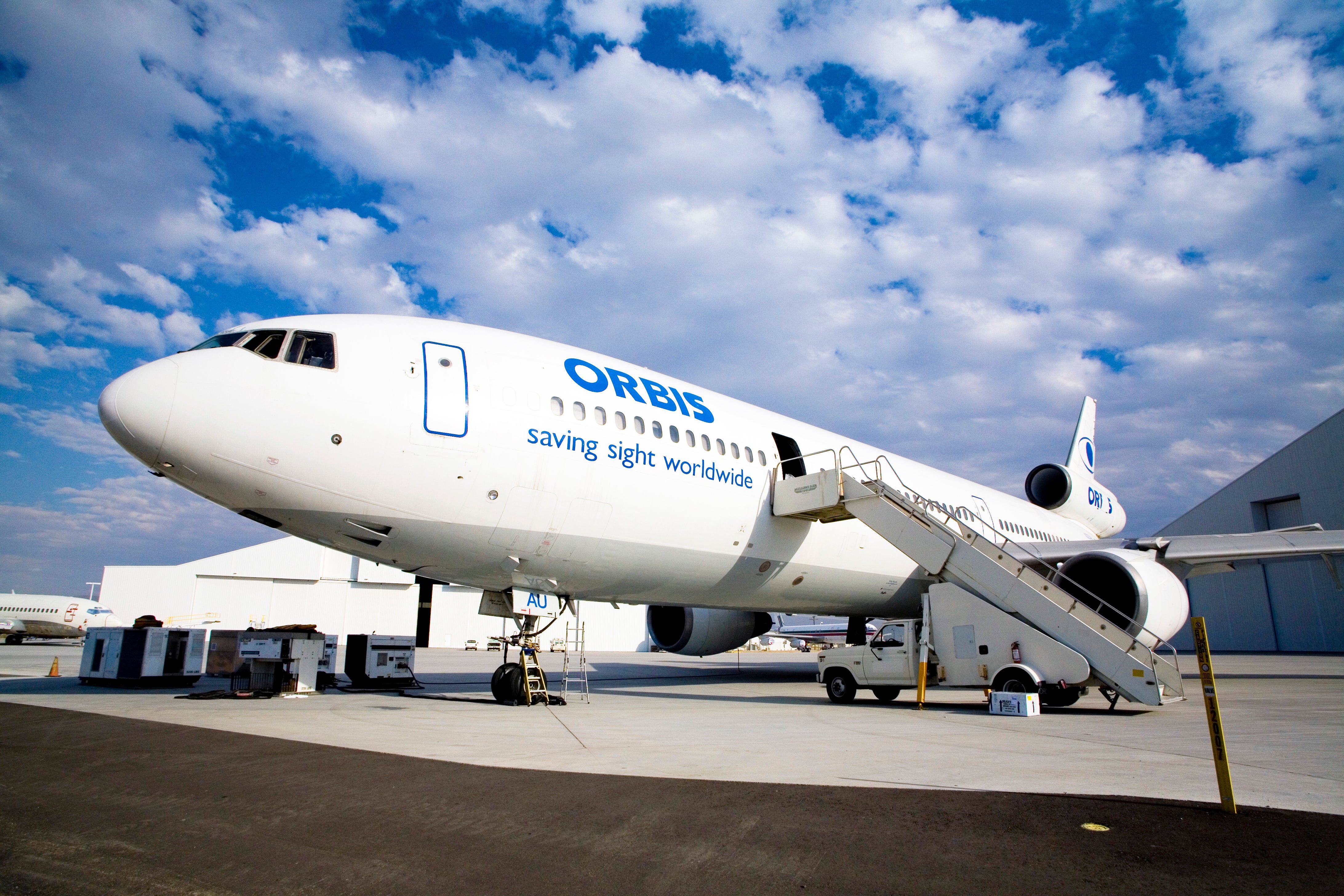
The Orbis Flying Eye Hospital DC-10-10. Photo via Orbis.
One of the unique ways Orbis performs their work is through the "Flying Eye Hospital". In the beginning, Orbis used a converted Douglas DC-8, but by the late 1980s parts were becoming difficult to procure and there was a growing need for an aircraft with more space. In 1992, Orbis purchased a used DC-10-10 and put it through a $15 million conversion to turn it into a mobile ophthalmic teaching hospital. The DC-10 flies to locations around the world and provides its services while parked at its destination.
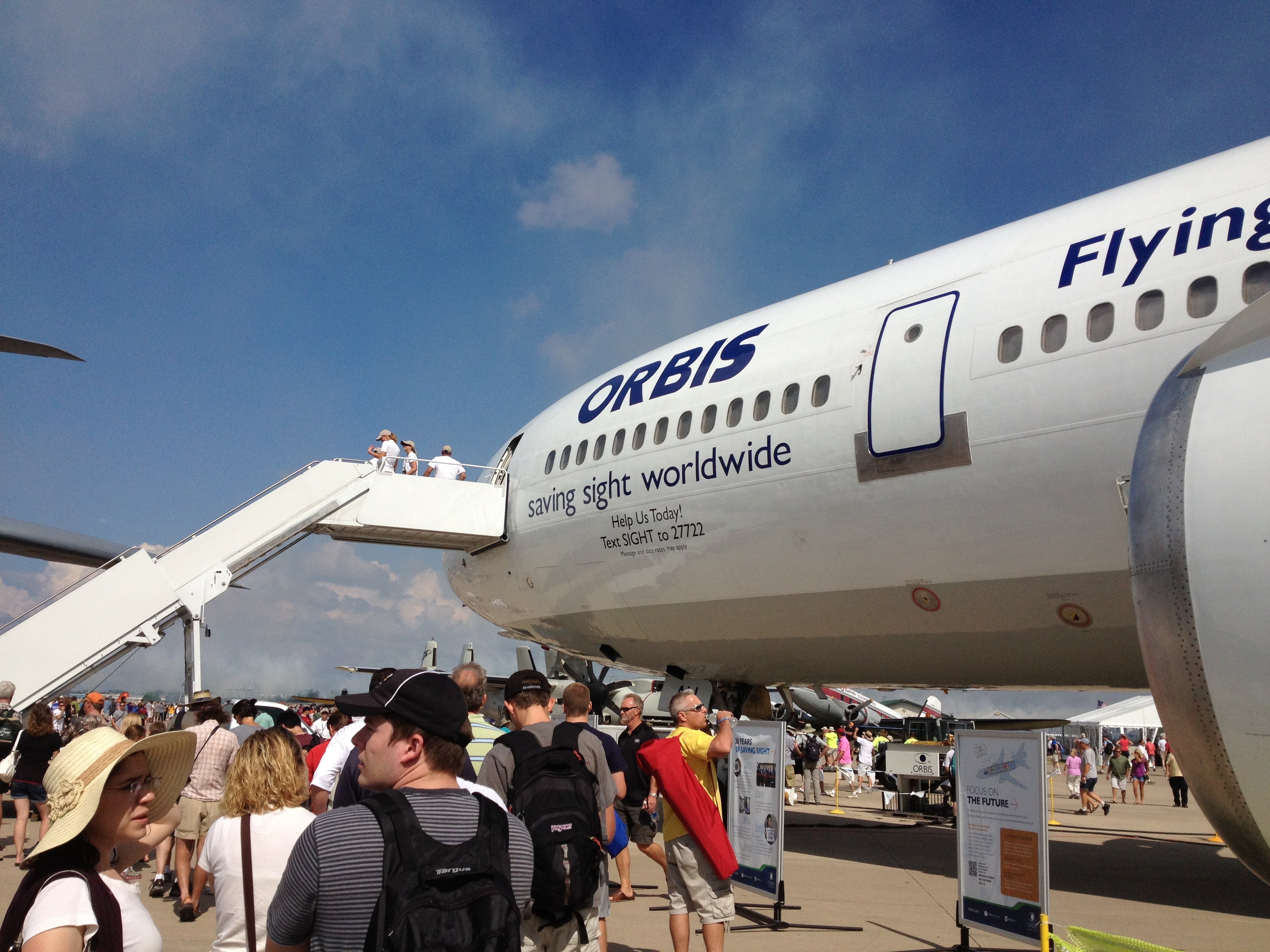
Orbis DC-10 on the tarmac at EAA AirVenture 2012. Photo via the author.
In place of the usual passenger seats, the DC-10 features a 48-seat classroom, an A/V room, a laser treatment and exam room, an operating room, a recovery room, and a communications center. The lower deck also contains an equipment lab used for teaching technicians how to operate and maintain ophthalmic equipment.
In 2012, the Orbis DC-10 was on static display at the annual !!!error: Indecipherable SUB-paragraph formatting!!! gathering in Oshkosh, Wisconsin. I had the opportunity to see the plane up close as well as take a tour of the cabin. It was truly an incredible sight to behold.
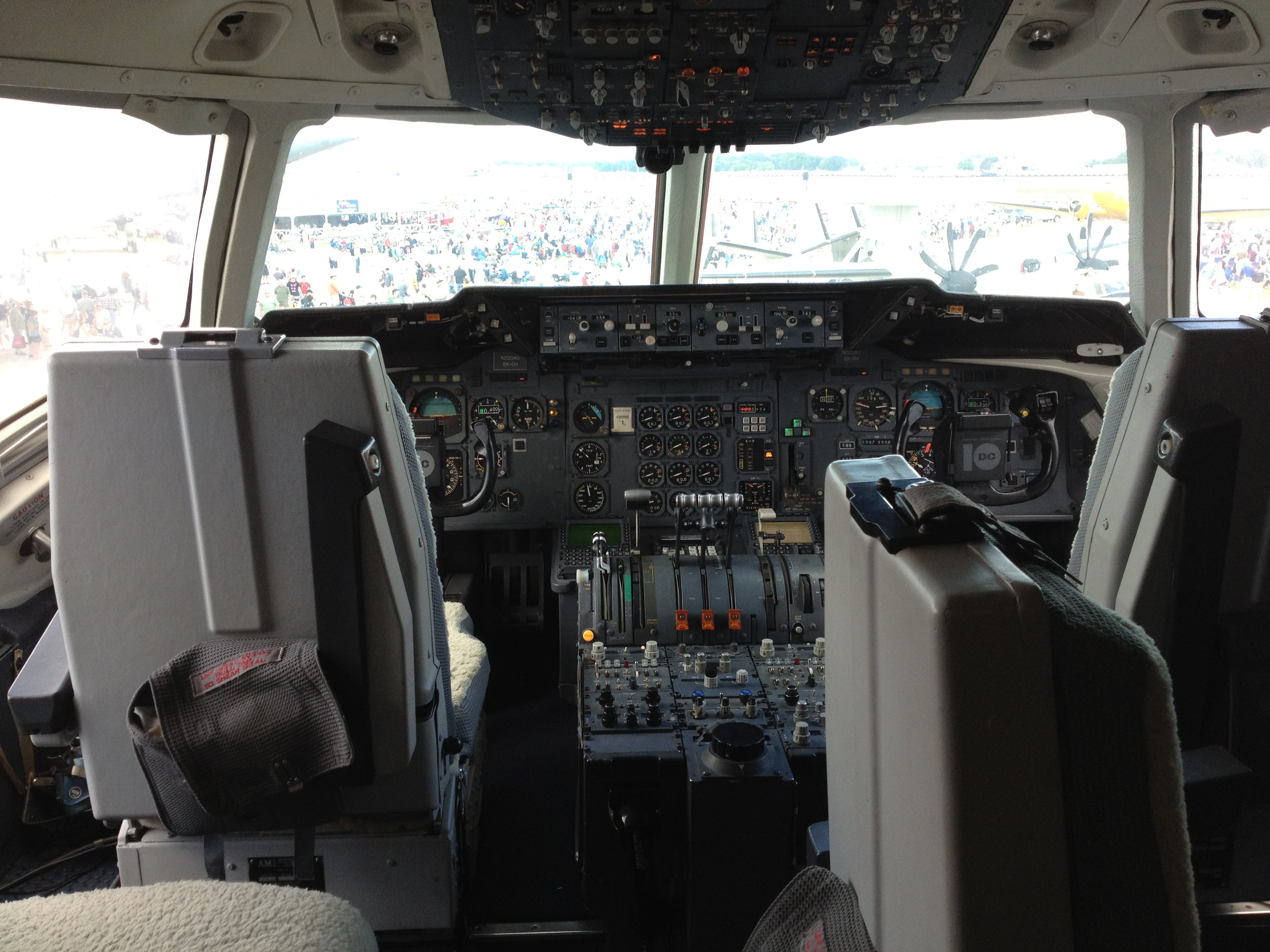
Typical DC-10 flight deck. This particular plane, registration N220AU, was the second DC-10 produced by Douglas. Photo via the author.
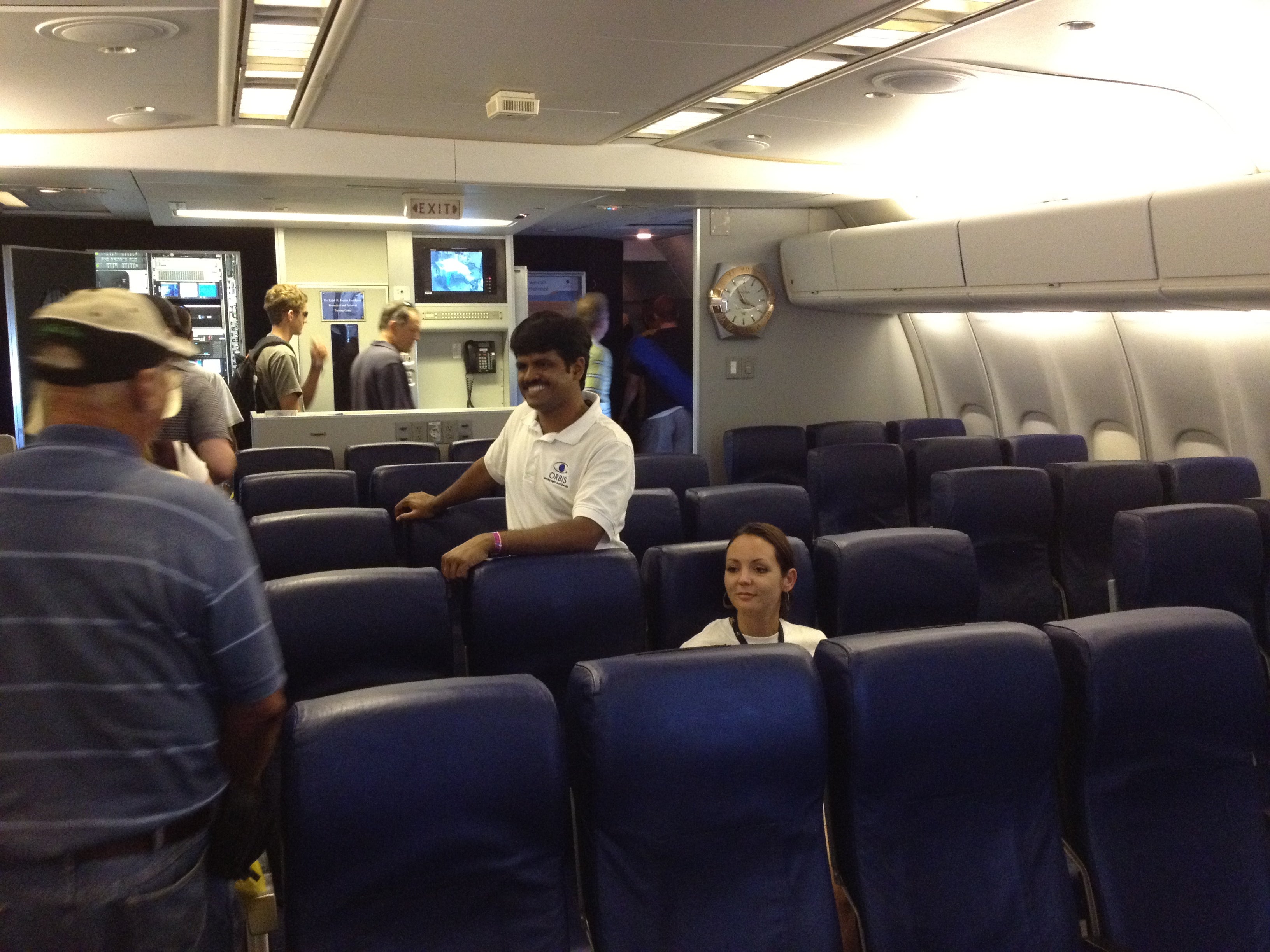
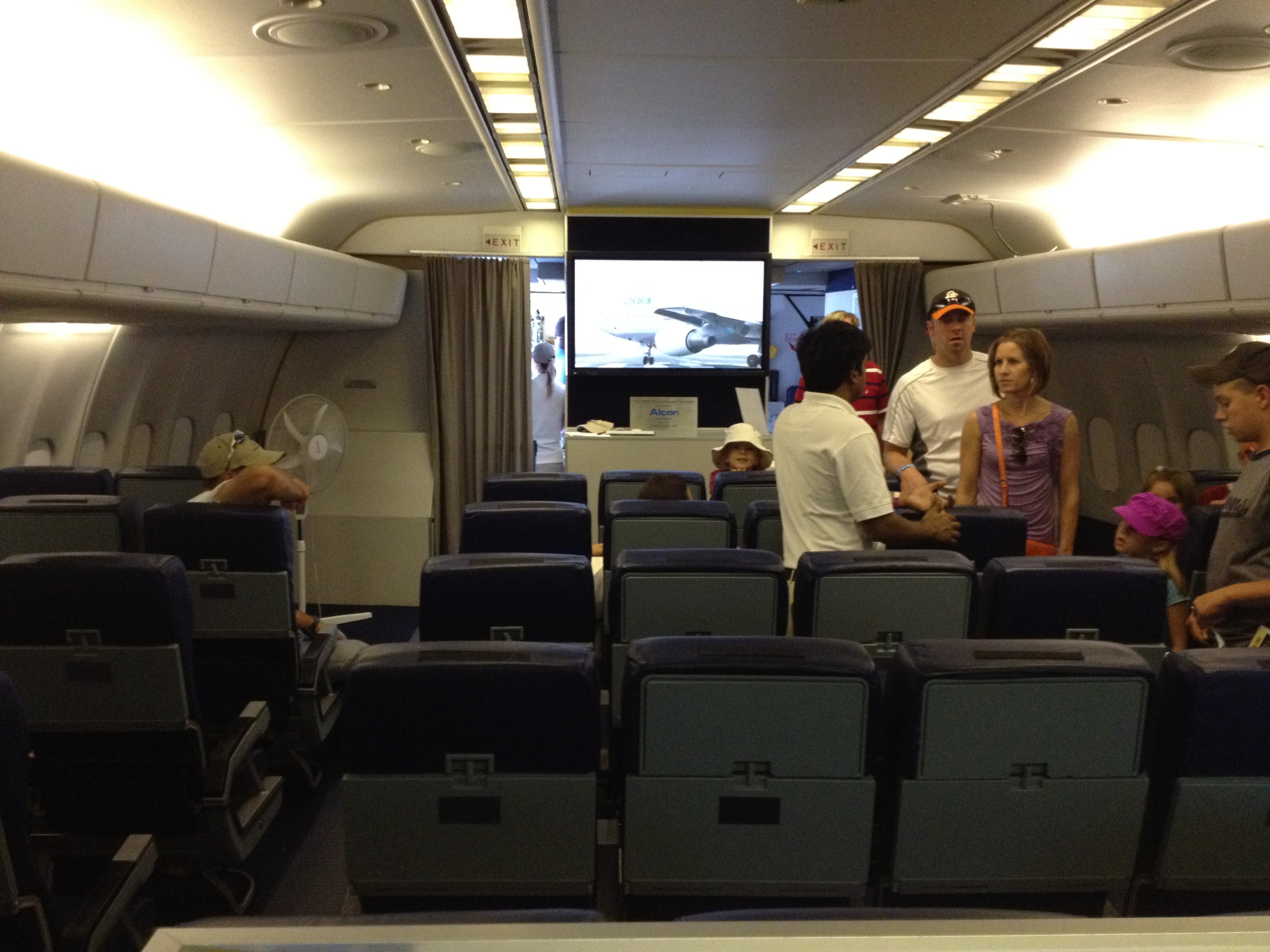
The classroom area, where students and observers can listen to live lectures and view procedures from the operating room on a flat screen TV as well as communicate via a two-way audio system. Photos via the author.
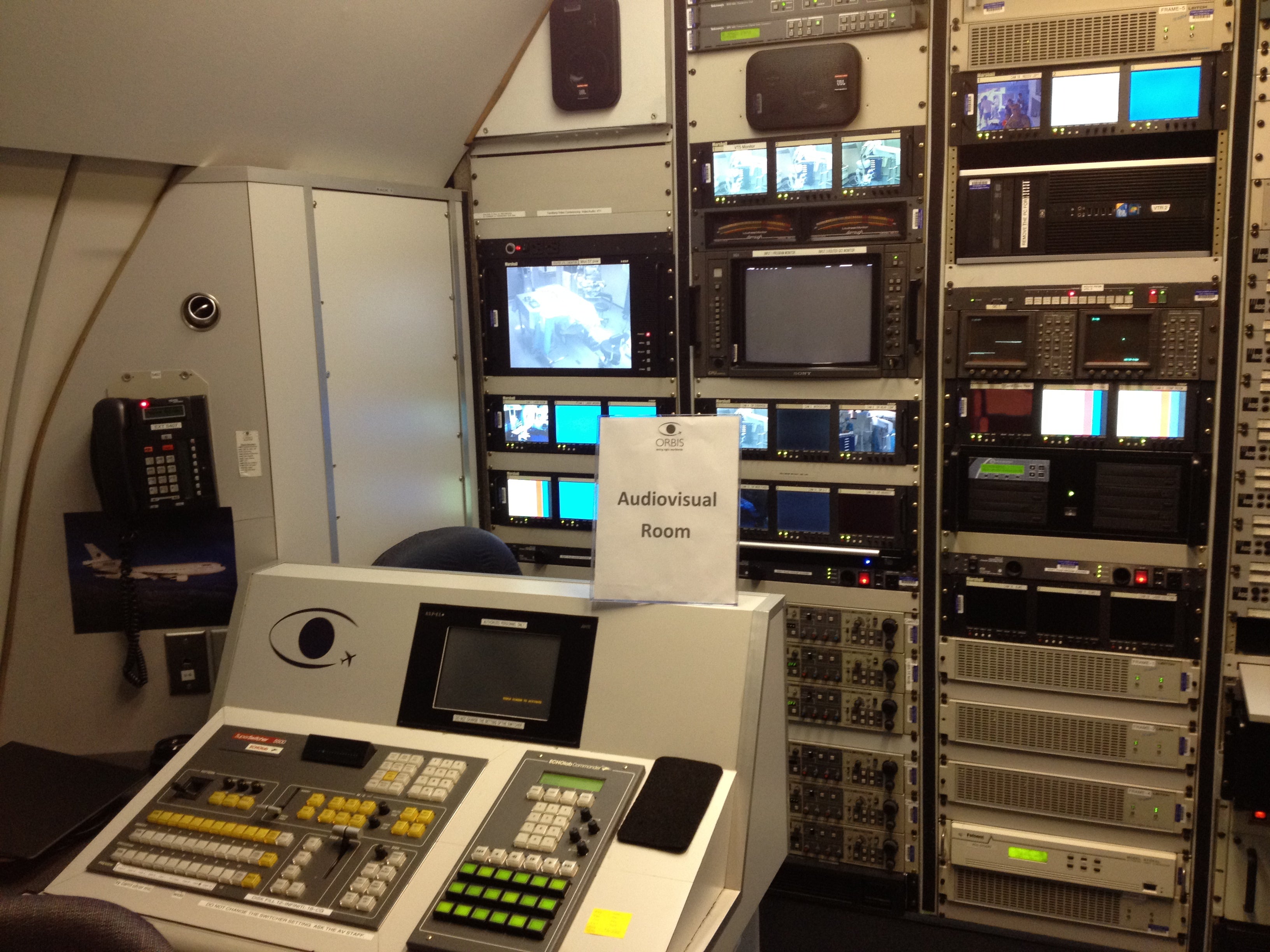
The audio/visual room is where 17 cameras, 8 microphones, and 54 video monitors are controlled. Surgeries can be recorded and saved to DVD to leave behind as teaching aids. Photo via the author.
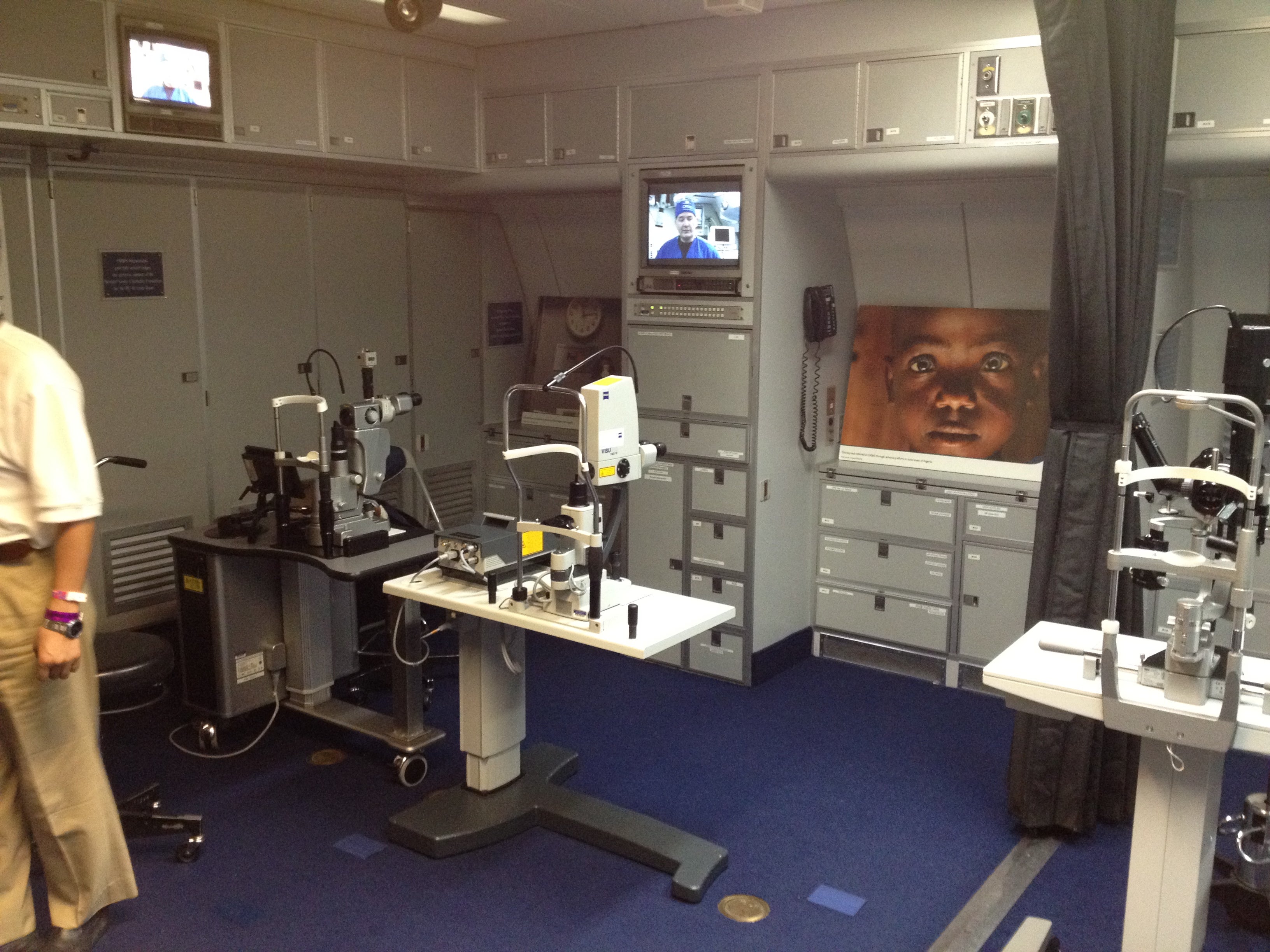
The laser examination room. Pre- and post-op exams can be performed here as well as laser eye surgery. Photo via the author.
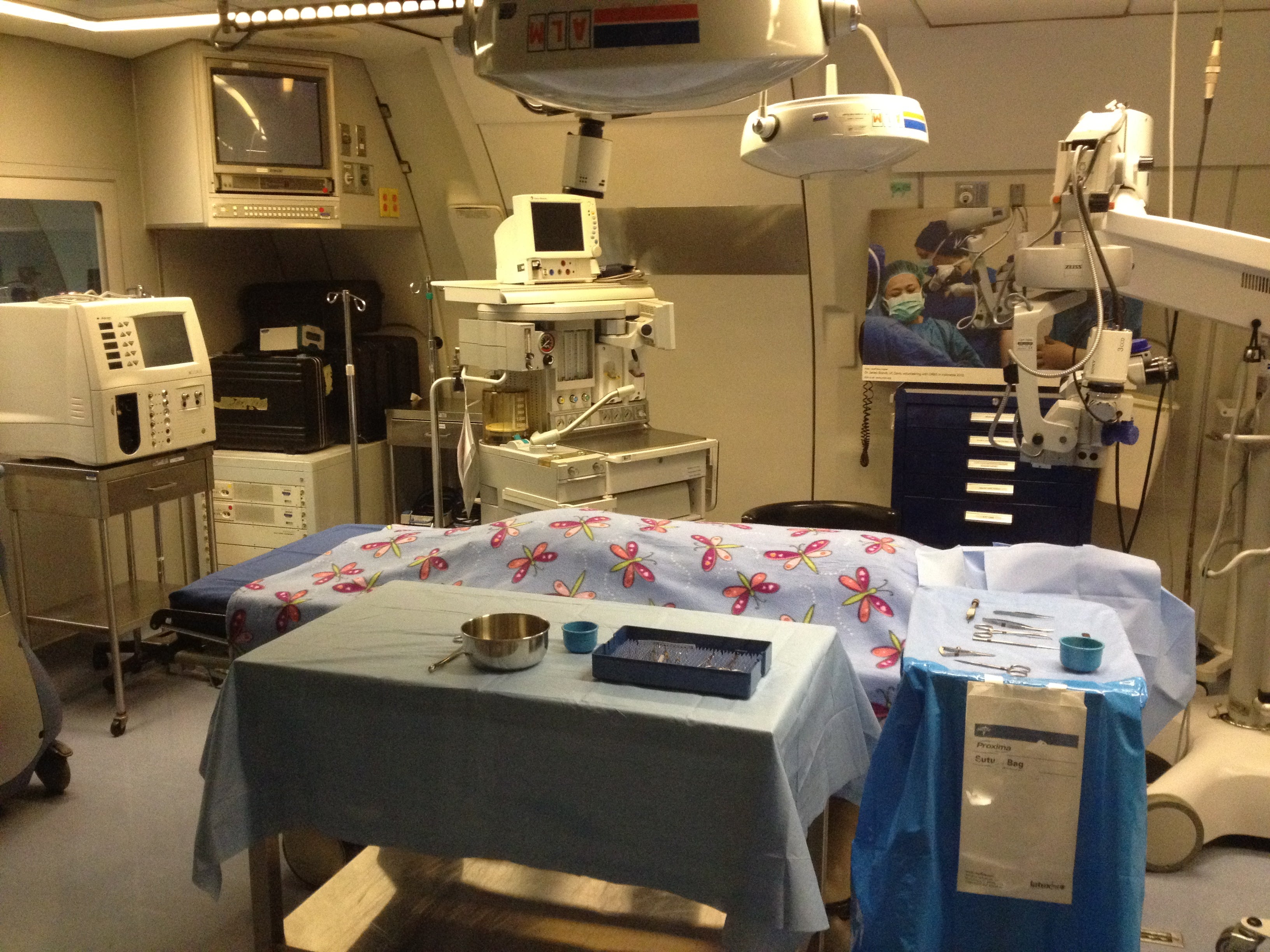
The operating room. This room is located in the center of the aircraft, over the wing, in order to provide the most stability during procedures. The floor and ceiling have been reinforced to accommodate heavy equipment. Photo via the author.
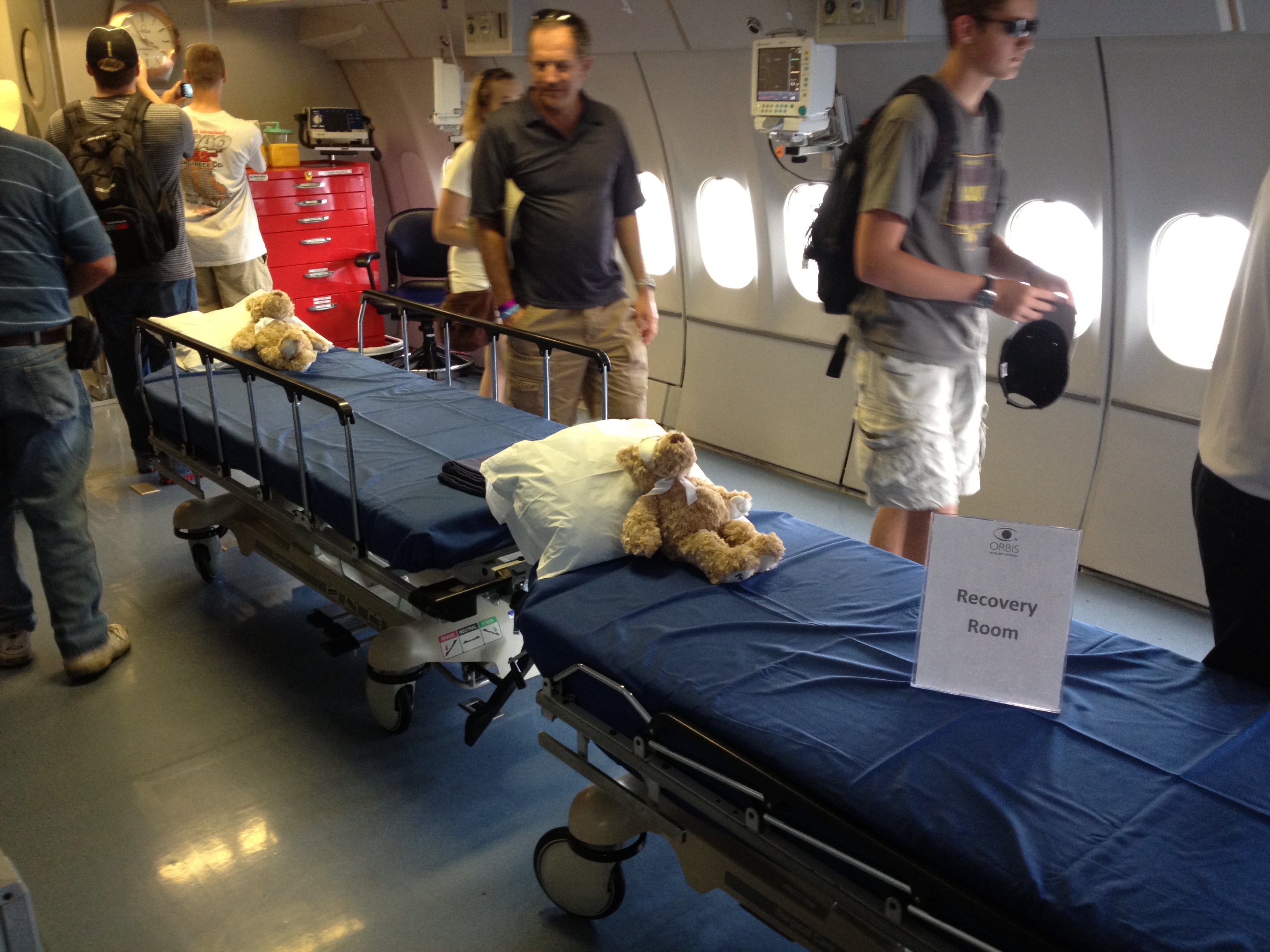
The recovery room. Patients are brought here before and after procedures. The room is also used to educate local nurses on patient care. Photo via the author.
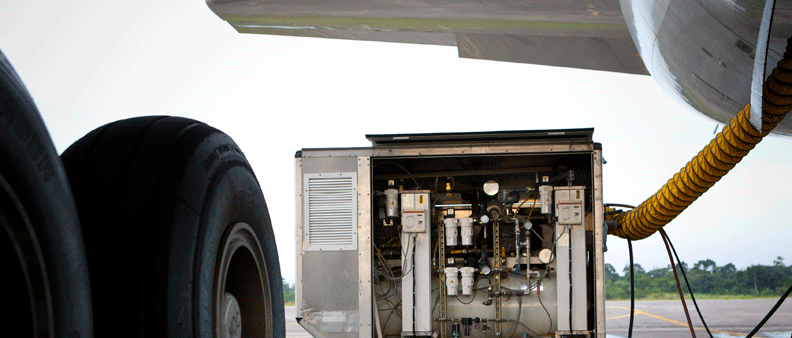
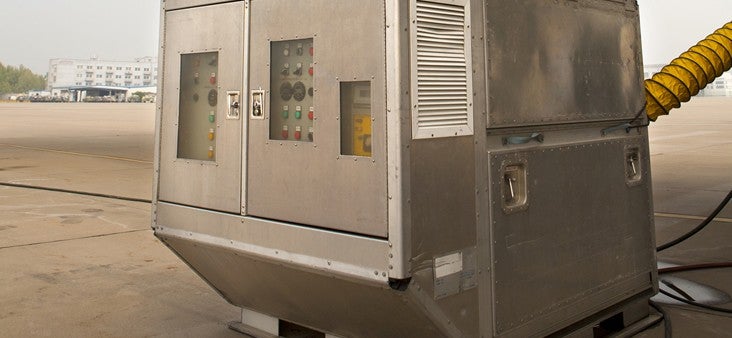
The DC-10 features a custom-made air compressor that filters air through hospital-grade HEPA filters and provides positive air pressure to the operating room. Photos via Orbis.
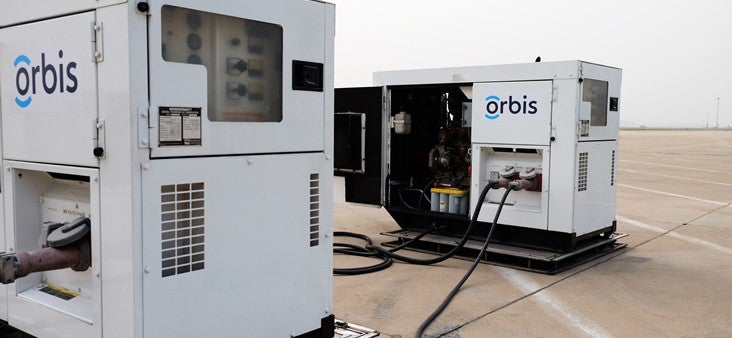
The aircraft carries these generators that run on jet fuel to provide self-sufficient power to the hospital. Photo via Orbis.
In 2011 it was announced that FedEx would be donating an MD-10-30F for use as a replacement for the aging DC-10. The MD-10 features the Advanced Common Flightdeck used on the MD-11 which eliminates the need for a flight engineer. Orbis is outfitting their new flying hospital with custom modules that will contain the hospital rooms. The goal is for the MD-10 to be ready for service sometime in 2015. Below is a video update on the plane's progress from Orbis.
A few more of my shots from AirVenture 2012:
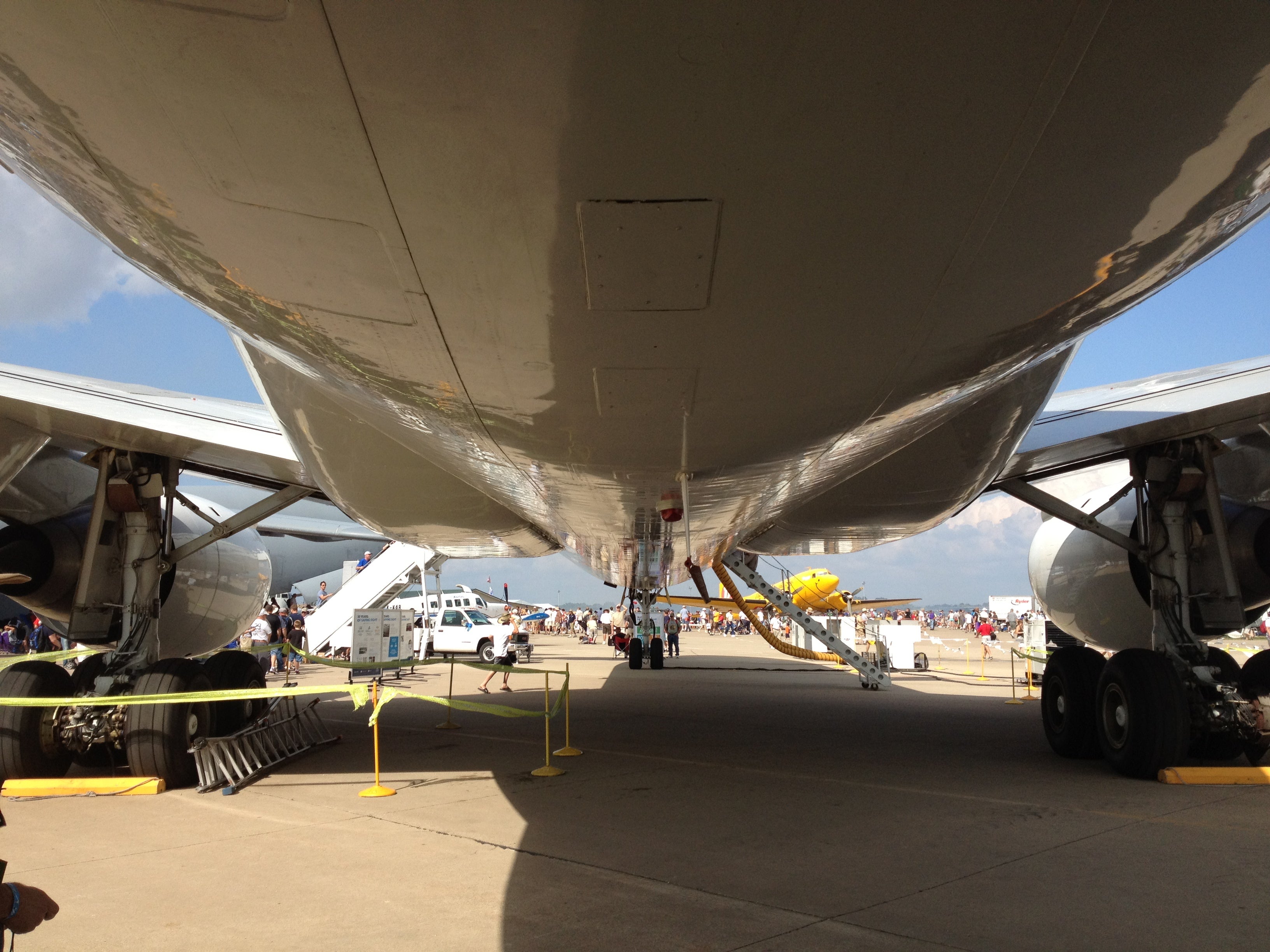
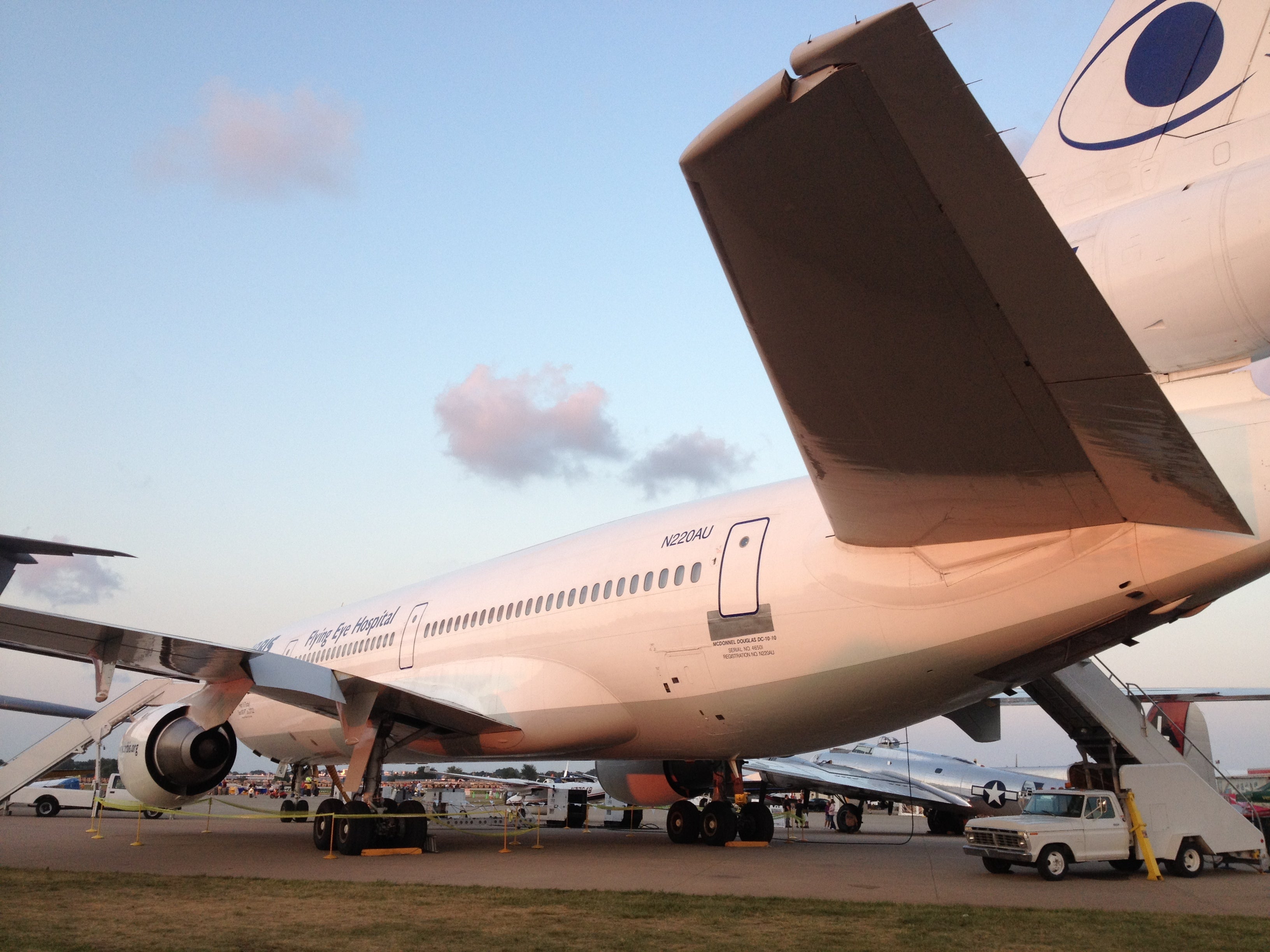
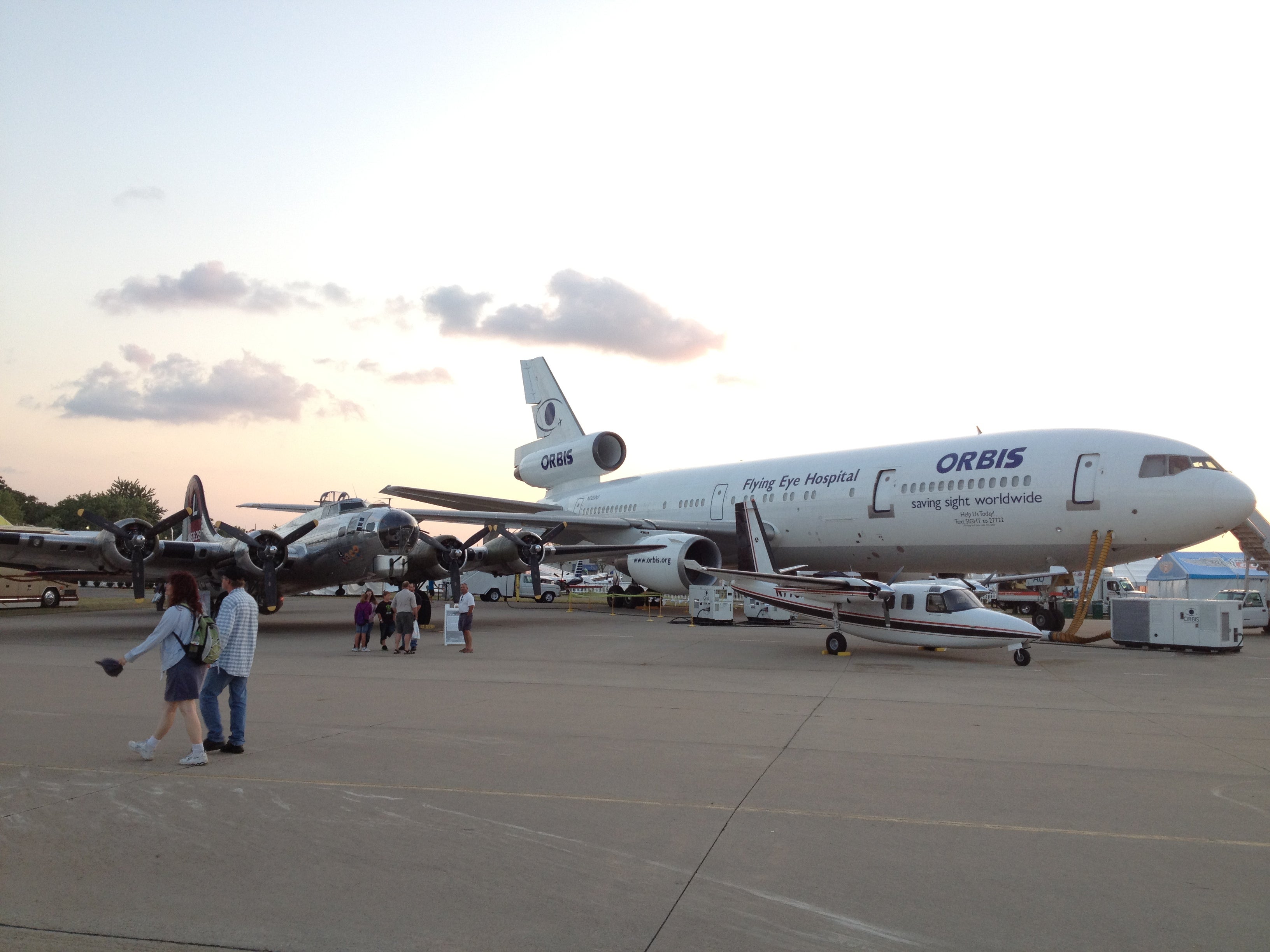
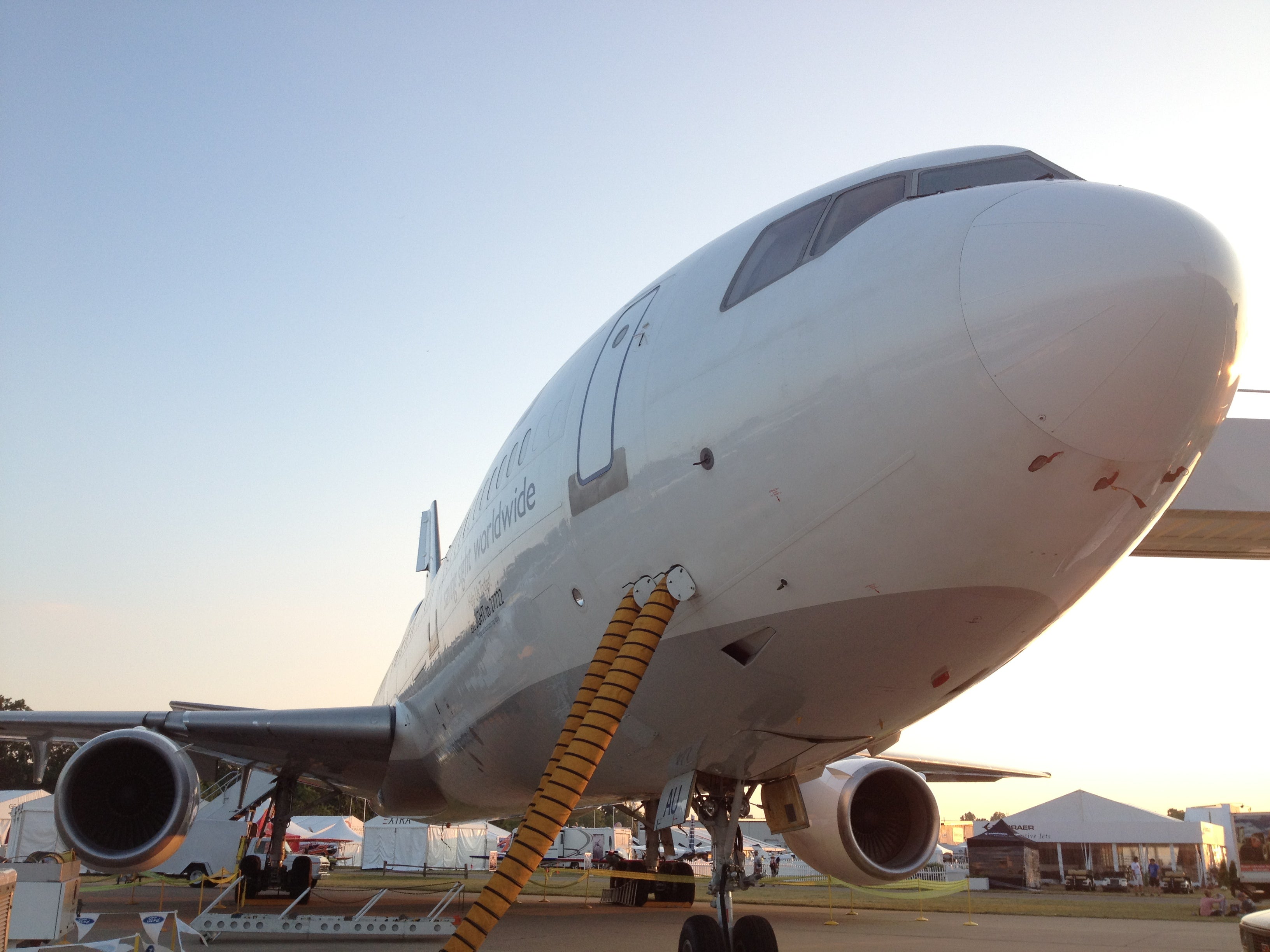
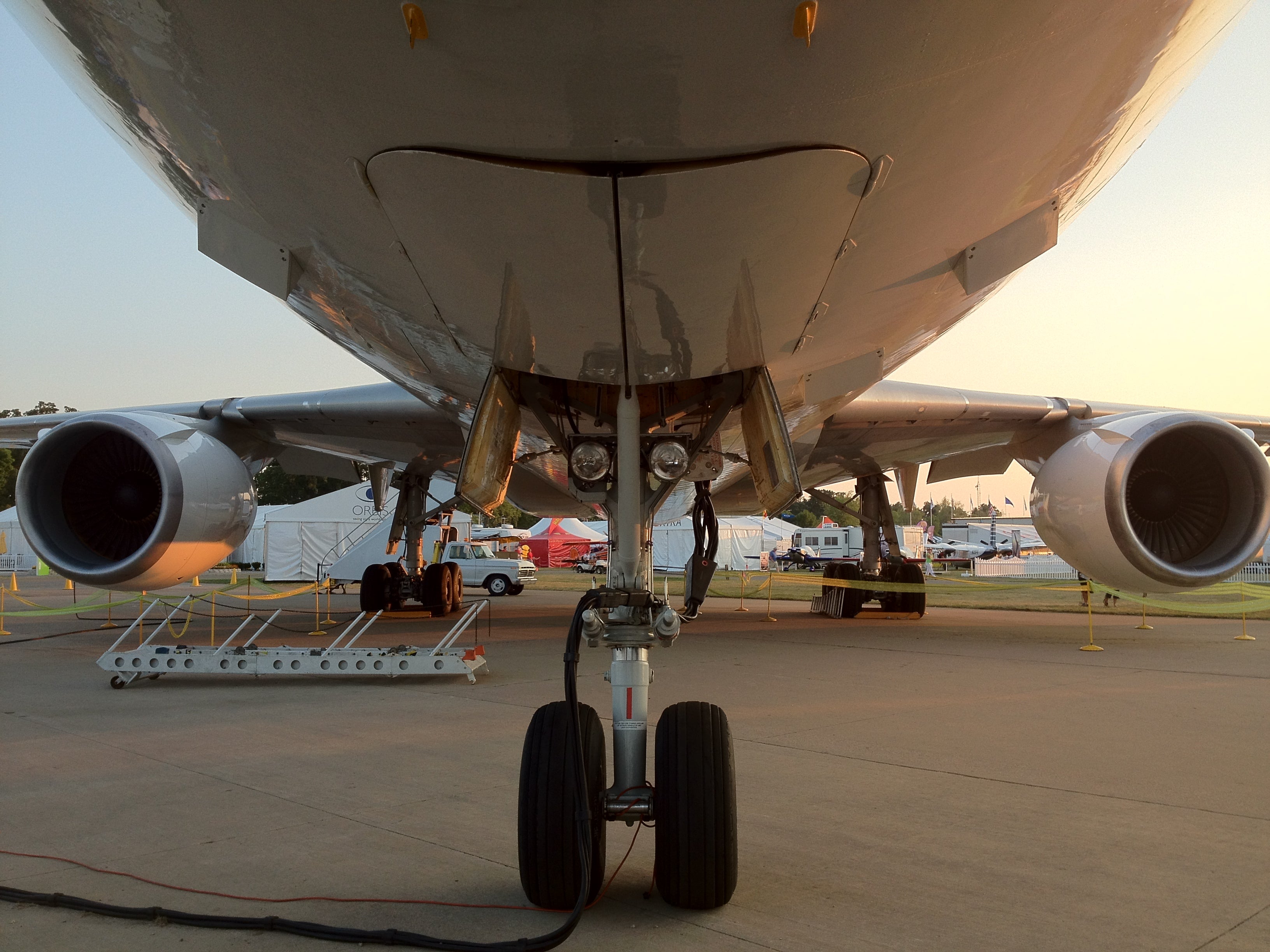
 Newsboy
> Jcarr
Newsboy
> Jcarr
03/20/2015 at 10:43 |
|
Great article. I got a tour of ORBIS a few years ago, having worked for one of their sponsors. It's an incredibly impressive aircraft and operation.
 TwinCharged - Is Now UK Opponaut
> Jcarr
TwinCharged - Is Now UK Opponaut
> Jcarr
03/20/2015 at 11:54 |
|
Wow, it looks exactly the same as it did when I visited it about four years ago. Enjoyed every minute of it until I saw a video of a cataract surgery. Left me quite grossed out.